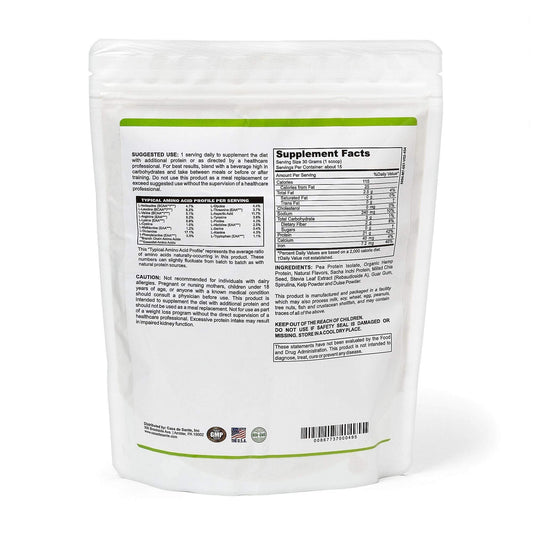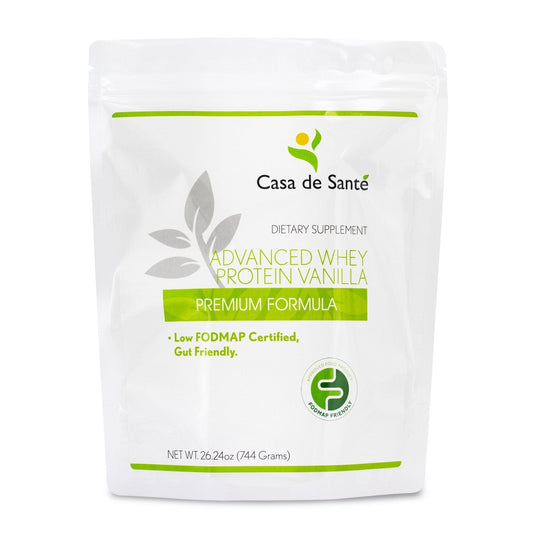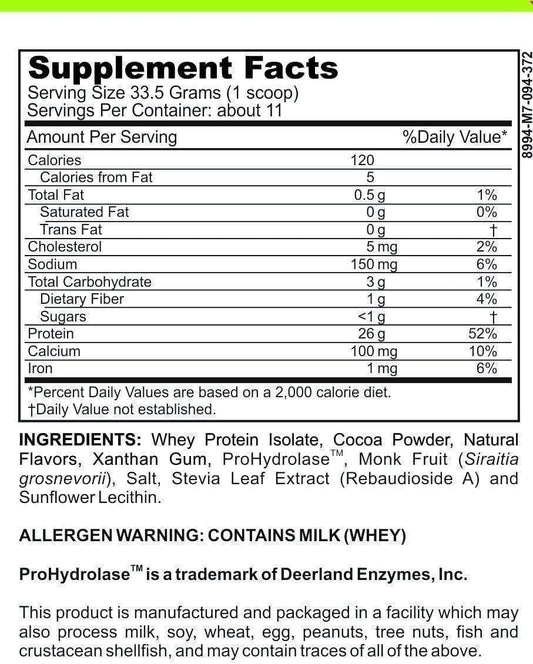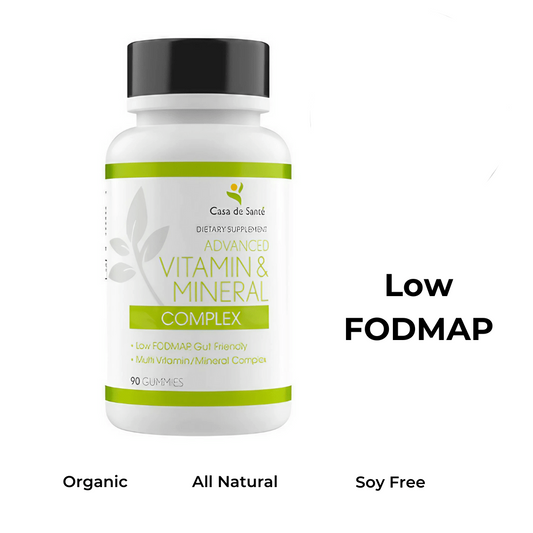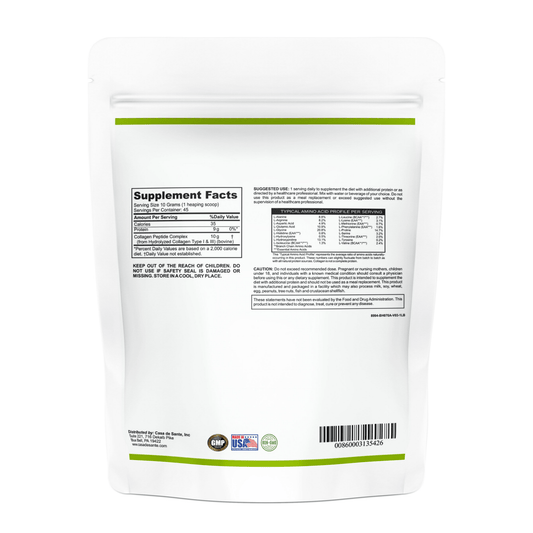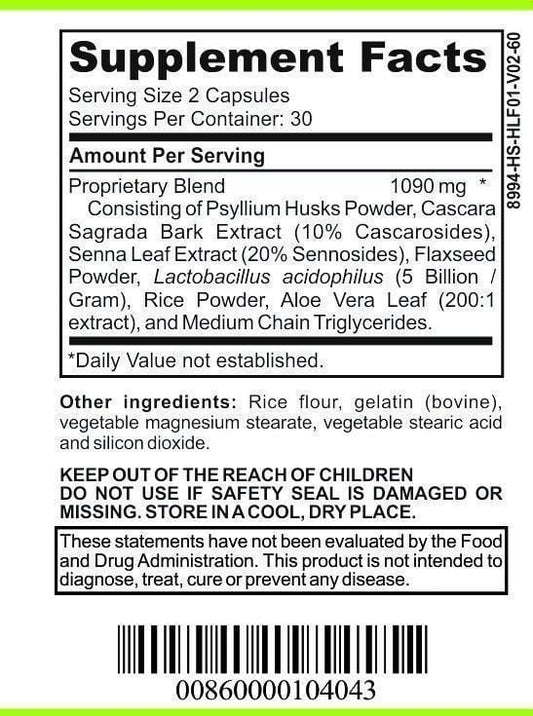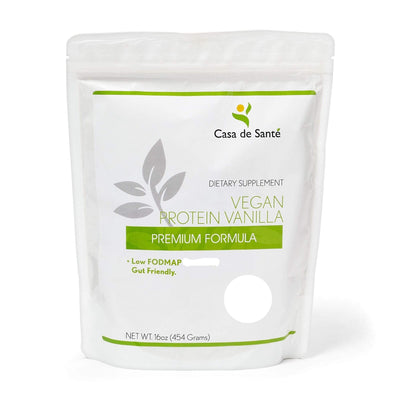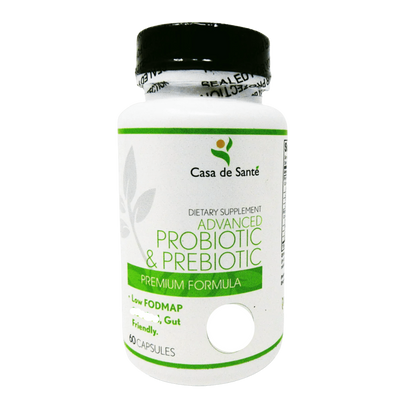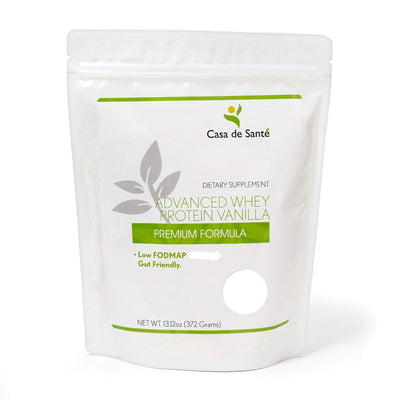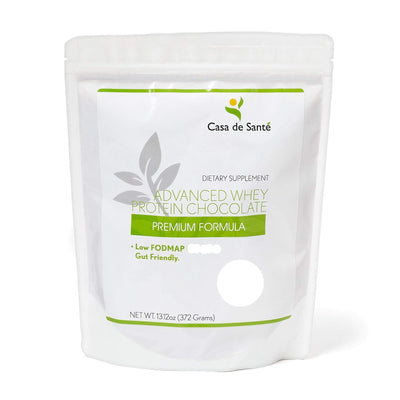Who Invented Almond Milk?
Who Invented Almond Milk?
Almond milk has become increasingly popular in recent years, with its creamy texture and nutty flavor appealing to both lactose-intolerant individuals and those seeking a dairy alternative. But have you ever wondered about the origins of this milk substitute? In this article, we will explore the captivating history of almond milk, the process of making it, its rise in the dairy alternative market, its nutritional benefits, and the controversies surrounding its production. Let's dive in!
The History of Almond Milk
Almond milk is not a recent invention. In fact, its origins can be traced back centuries ago. The ancient Egyptians were among the first to enjoy this dairy alternative, as early as 1390 BCE. Almond milk was considered a luxurious beverage in ancient Egypt, enjoyed by the wealthy and powerful.
But how did almond milk become such a beloved drink in ancient Egypt? It all started with the abundance of almond trees in the region. The Egyptians discovered that by grinding almonds and mixing them with water, they could create a creamy and refreshing drink. This discovery quickly spread throughout the Mediterranean region, reaching as far as Greece and Persia.
As almond milk made its way to Greece, it became a staple in their culinary traditions. The Greeks used almond milk as a base for various dishes, including desserts and sauces. Its rich flavor and versatility made it a cherished ingredient in their cuisine. From almond milk custards to spiced almond milk beverages, the Greeks truly embraced this dairy alternative.
During the Middle Ages, almond milk gained even more prominence in Europe. It became a staple in medieval kitchens, especially among the noble and clergy classes. Almond milk was used as a substitute for animal-derived milk due to its longer shelf life and easier digestion.
But almond milk wasn't just a substitute; it was also valued for its taste and health benefits. In medieval Europe, almond milk-based recipes started to emerge. Custards made with almond milk became a popular dessert, enjoyed by both the rich and the commoners. It was believed that almond milk had medicinal properties, making it a sought-after ingredient in various remedies and elixirs.
However, as time went on, almond milk started to fade into obscurity. With the rise of cow's milk and other dairy products, almond milk became less common in households. It was still made and consumed in small quantities, but it wasn't until the late 20th century that almond milk experienced a revival.
The modern revival of almond milk can be attributed to several factors. Firstly, people began to search for dairy alternatives due to lactose intolerance and allergies. Almond milk, being lactose-free, became a popular choice for those seeking a milk substitute. Additionally, almond milk is low in calories, making it an appealing option for those looking to maintain a healthy lifestyle.
But it's not just the health benefits that brought almond milk back into the spotlight. Its creamy texture and mild taste make it a suitable ingredient for various recipes and beverages. From smoothies to baked goods, almond milk has become a staple in the kitchens of many households.
So the next time you enjoy a glass of almond milk or use it in your favorite recipe, remember its rich and fascinating history. From ancient Egypt to modern times, almond milk has stood the test of time and continues to be a beloved dairy alternative.
The Process of Making Almond Milk
Almond milk has gained popularity as a dairy-free alternative to traditional cow's milk. It is not only delicious but also packed with essential nutrients. The process of making almond milk involves several steps that can be done using traditional methods or modern techniques.
Traditional Methods of Almond Milk Production
Traditionally, making almond milk starts with soaking raw almonds in water overnight. This soaking process softens the almonds and makes them easier to blend. As the almonds absorb water, they become plump and tender, which helps in creating a creamy texture for the milk.
Once the almonds have been soaked, they are drained and rinsed to remove any impurities. The soaked almonds are then blended with fresh water to create a smooth and creamy mixture. The blending process breaks down the almonds and releases their natural oils, resulting in a rich and flavorful almond milk.
After blending, the mixture is strained through a cheesecloth or nut milk bag to remove any remaining almond pulp. This step ensures a smooth and silky consistency for the almond milk. The strained liquid is your homemade almond milk, ready to be enjoyed in various recipes or simply as a refreshing drink.
Modern Techniques for Almond Milk Production
In modern almond milk production, the process has become more efficient to meet the increasing demand for this dairy alternative. One significant change is the blanching of almonds before blending. Blanching involves removing the almond skins, resulting in a smoother and less gritty texture for the milk.
Commercial almond milk production also involves the use of specialized equipment to homogenize and stabilize the liquid. Homogenization ensures that the fat content in the almond milk is evenly distributed, preventing separation. Stabilizers are added to improve the texture and prevent the milk from curdling when added to hot beverages.
Various additives like sweeteners, thickeners, and emulsifiers are also used in commercial almond milk production. These additives enhance the taste, add sweetness, and extend the shelf life of the product. However, it is important to note that homemade almond milk, made using traditional methods, does not require these additives and can be enjoyed in its purest form.
Whether made using traditional methods or modern techniques, almond milk offers a delicious and nutritious alternative to dairy milk. Its creamy texture and delicate flavor make it a versatile ingredient in various recipes, from smoothies and baked goods to creamy sauces and dairy-free desserts.
The Rise of Almond Milk in the Dairy Alternative Market
In recent years, almond milk has experienced a remarkable surge in popularity, becoming a prominent player in the dairy alternative market. This rise can be attributed to several factors that have contributed to its widespread appeal and consumer preference.
Factors Contributing to Almond Milk's Popularity
One of the key factors driving the increasing popularity of almond milk is its creamy consistency and mild taste. Unlike some other plant-based milks, almond milk offers a smooth and velvety texture that closely resembles traditional cow's milk. This makes it a versatile option for both drinking and cooking, as it can be used as a direct substitute in various recipes without compromising taste or texture.
Another significant factor that has propelled almond milk to the forefront of the dairy alternative market is its suitability for individuals with lactose intolerance or dairy allergies. Many people struggle with digesting lactose, the sugar found in cow's milk, leading to discomfort and digestive issues. Almond milk provides a lactose-free alternative that still offers essential vitamins and minerals found in dairy milk, making it an ideal choice for those seeking a substitute that is both nutritious and easily digestible.
Furthermore, the increasing number of individuals adopting vegan and plant-based diets has played a pivotal role in the exponential growth of almond milk's market share. Almond milk perfectly aligns with these dietary choices, as it is a plant-based alternative to dairy milk. It offers a cruelty-free and sustainable option that allows individuals to enjoy their favorite milk-based products while adhering to their ethical beliefs.
Almond Milk vs. Other Dairy Alternatives
While almond milk has undoubtedly gained substantial popularity, it is important to note that it is not the only dairy alternative available on the market. In recent years, a plethora of plant-based milks, such as soy milk, oat milk, and coconut milk, have also experienced a surge in demand and consumer interest.
Each milk substitute boasts its own unique taste and nutritional profile, catering to different preferences and dietary needs. However, almond milk stands out for its mild and slightly sweet flavor, which appeals to a wide range of palates. This distinct taste makes it a preferred choice for those who desire a subtle hint of sweetness in their beverages or recipes.
Moreover, almond milk is typically lower in calories and fat content compared to other dairy alternatives, making it an attractive option for individuals looking to manage their calorie intake without compromising on taste or nutrition. This characteristic has further contributed to its growing popularity among health-conscious consumers.
In conclusion, the rise of almond milk in the dairy alternative market can be attributed to its creamy consistency, mild taste, suitability for lactose-intolerant individuals, and alignment with vegan and plant-based diets. As consumer demand for dairy alternatives continues to soar, almond milk is likely to maintain its position as a preferred choice for those seeking a delicious and nutritious plant-based milk option.
Nutritional Benefits of Almond Milk
Vitamins and Minerals in Almond Milk
Almond milk offers several important vitamins and minerals. It is often fortified with nutrients like calcium, vitamin D, vitamin E, and vitamin B12 to provide similar nutritional benefits to dairy milk.
Calcium is essential for strong bones and teeth, while vitamin D aids in calcium absorption. Vitamin E is a powerful antioxidant that supports overall health, and vitamin B12 is crucial for the production of red blood cells.
Almond Milk for Lactose Intolerant and Vegan Diets
Almond milk is a suitable choice for individuals who are lactose intolerant or follow vegan diets. It provides a creamy and nutritious alternative to dairy milk without the lactose or animal-derived ingredients.
However, it is important to note that almond milk may not be suitable for those with nut allergies. If you have a nut allergy, it is recommended to consult with a healthcare professional before incorporating almond milk into your diet.
Controversies and Criticisms of Almond Milk
Environmental Impact of Almond Milk Production
Despite its numerous benefits, almond milk has faced criticism due to its environmental impact. The cultivation of almonds requires vast amounts of water, especially in drought-prone regions like California, where most almond production takes place.
There are concerns about the sustainability of almond farming and its potential strain on water resources. Efforts are being made to develop more sustainable practices and reduce the water footprint of almond milk production.
Health Concerns and Misconceptions about Almond Milk
Some individuals have raised health concerns about almond milk, particularly regarding its potential role in thyroid function. Almonds naturally contain goitrogens, which may interfere with thyroid hormone production if consumed in large quantities. However, the goitrogen content in almond milk is significantly lower than in raw almonds.
It is worth noting that almond milk, like other dairy alternatives, may vary in nutritional content depending on the brand and fortification. It is essential to read labels and choose products that align with your dietary needs and preferences.
In conclusion, almond milk has come a long way since its ancient origins. Its rich history, coupled with its nutritional benefits and versatility, has contributed to its widespread popularity today. However, it is important to be aware of the controversies and criticisms surrounding its production to make informed choices. Whether you enjoy almond milk for its taste, health benefits, or as a dairy alternative, its invention remains a fascinating chapter in culinary history.


